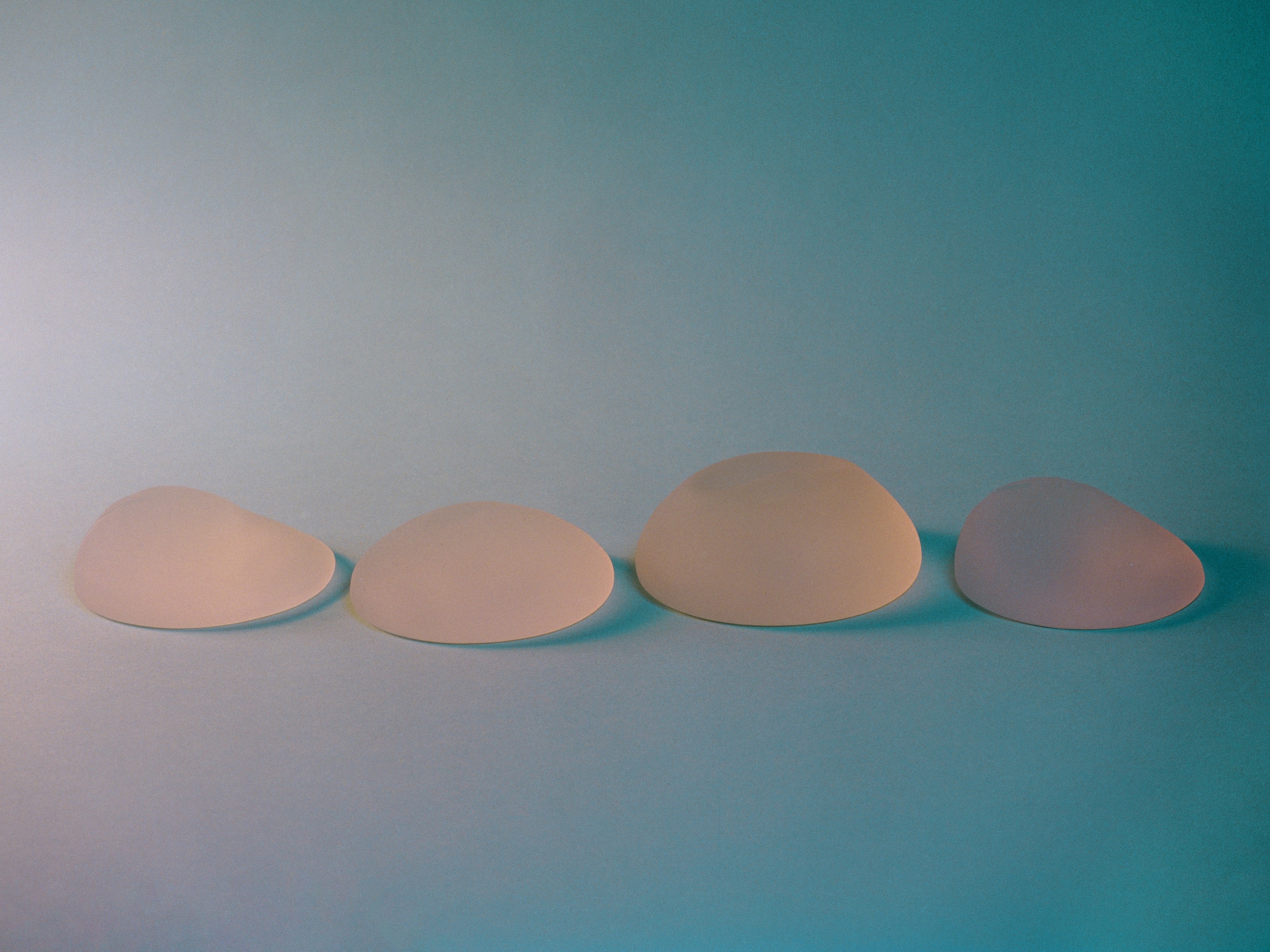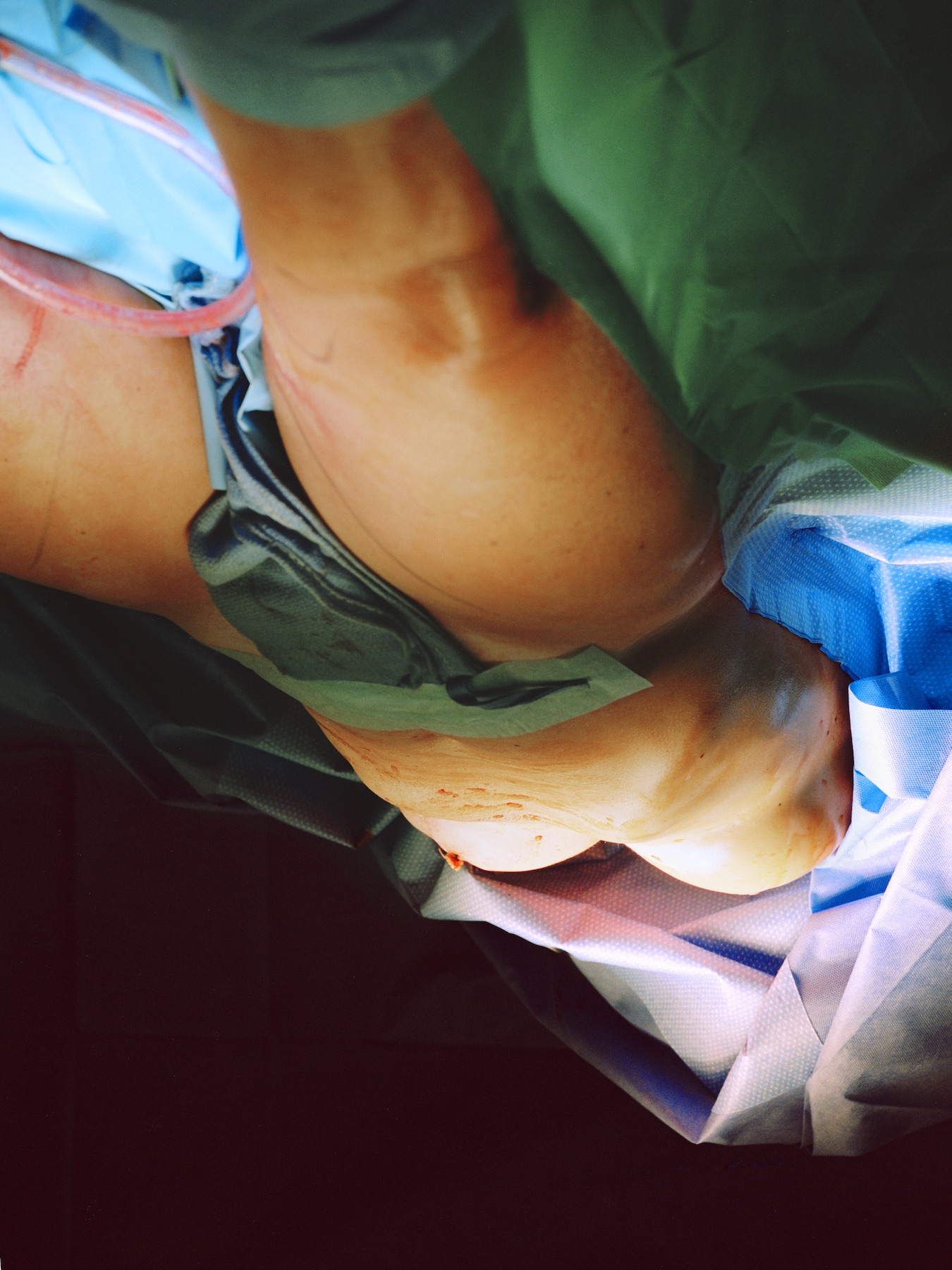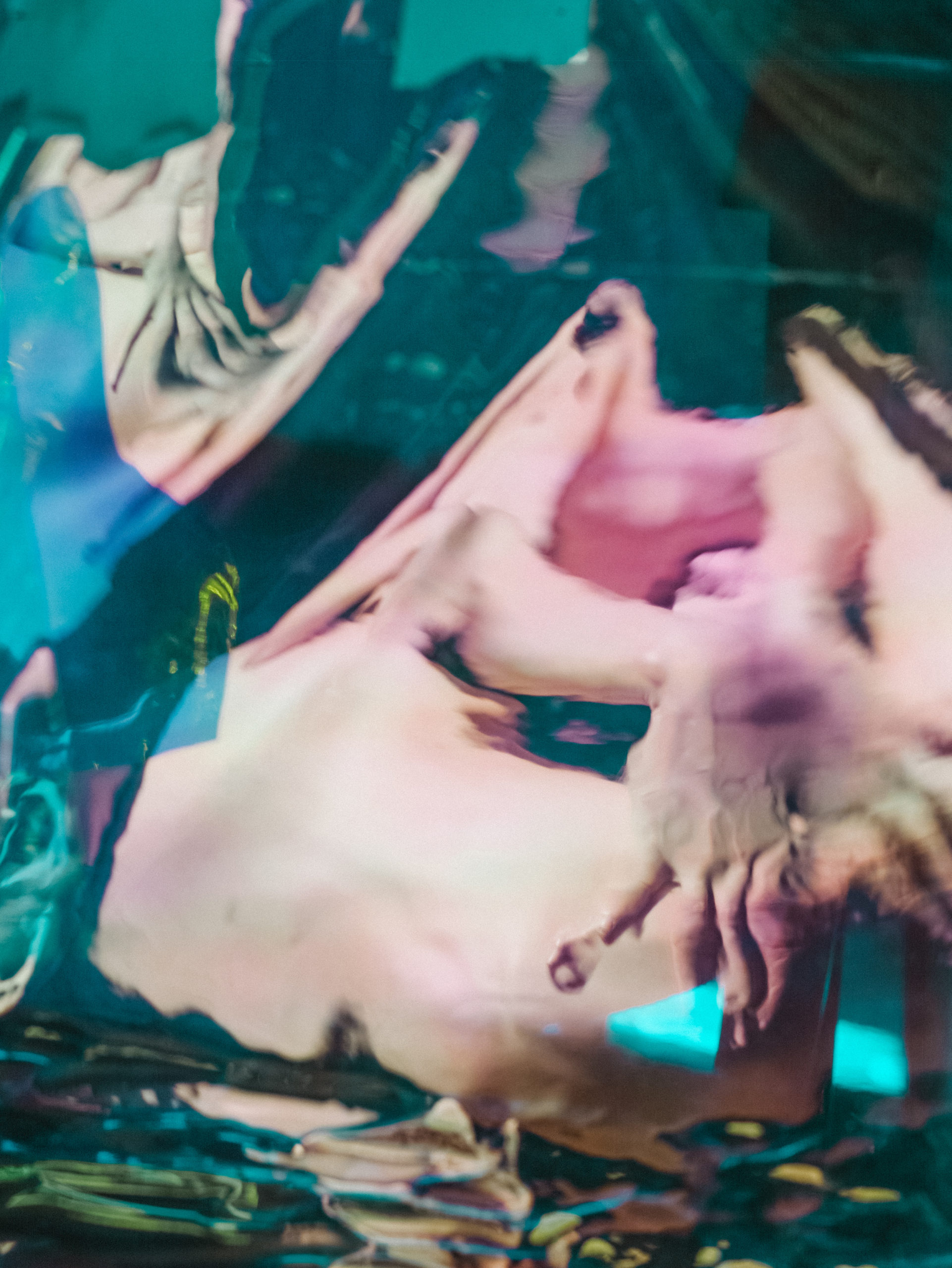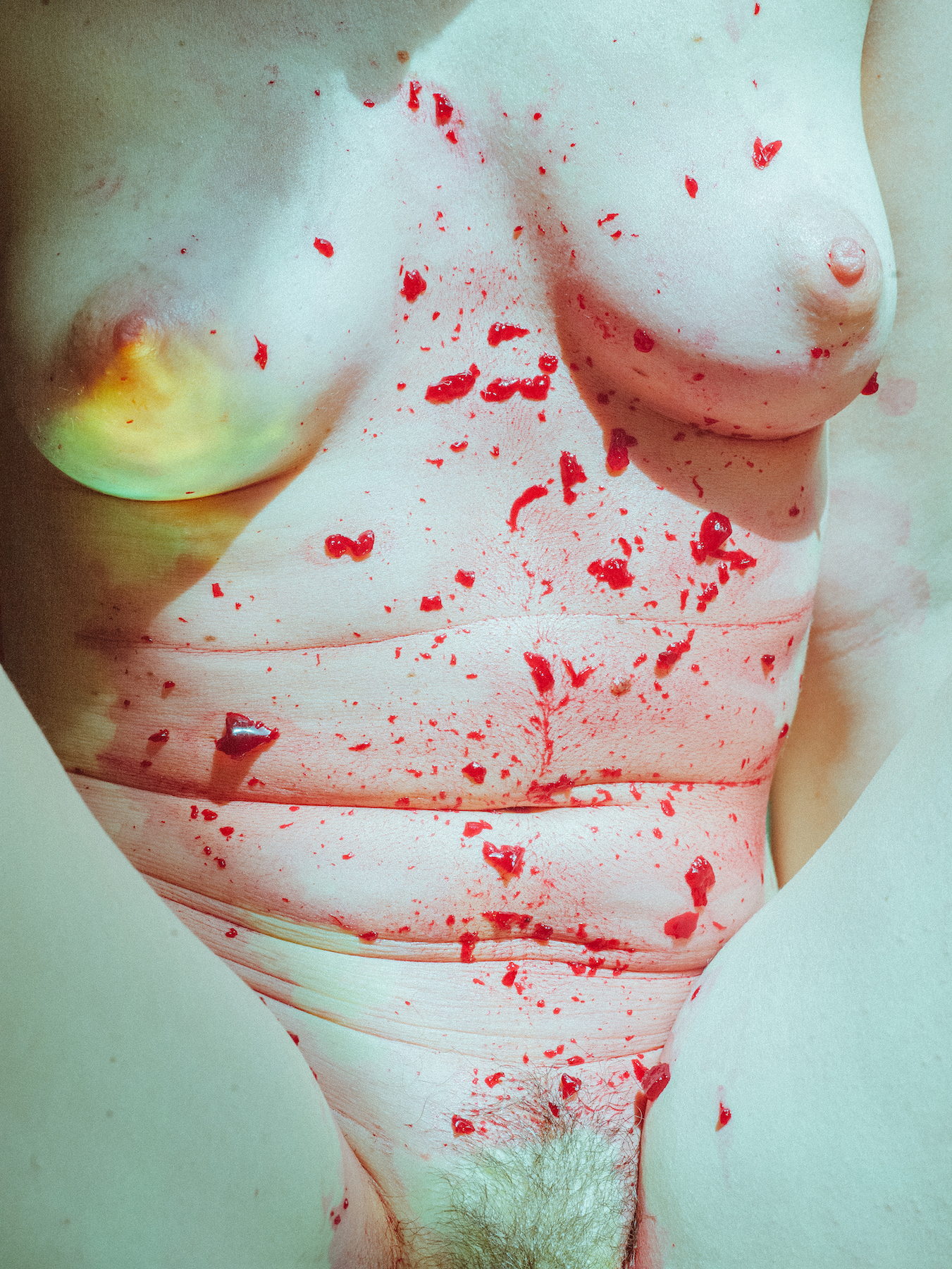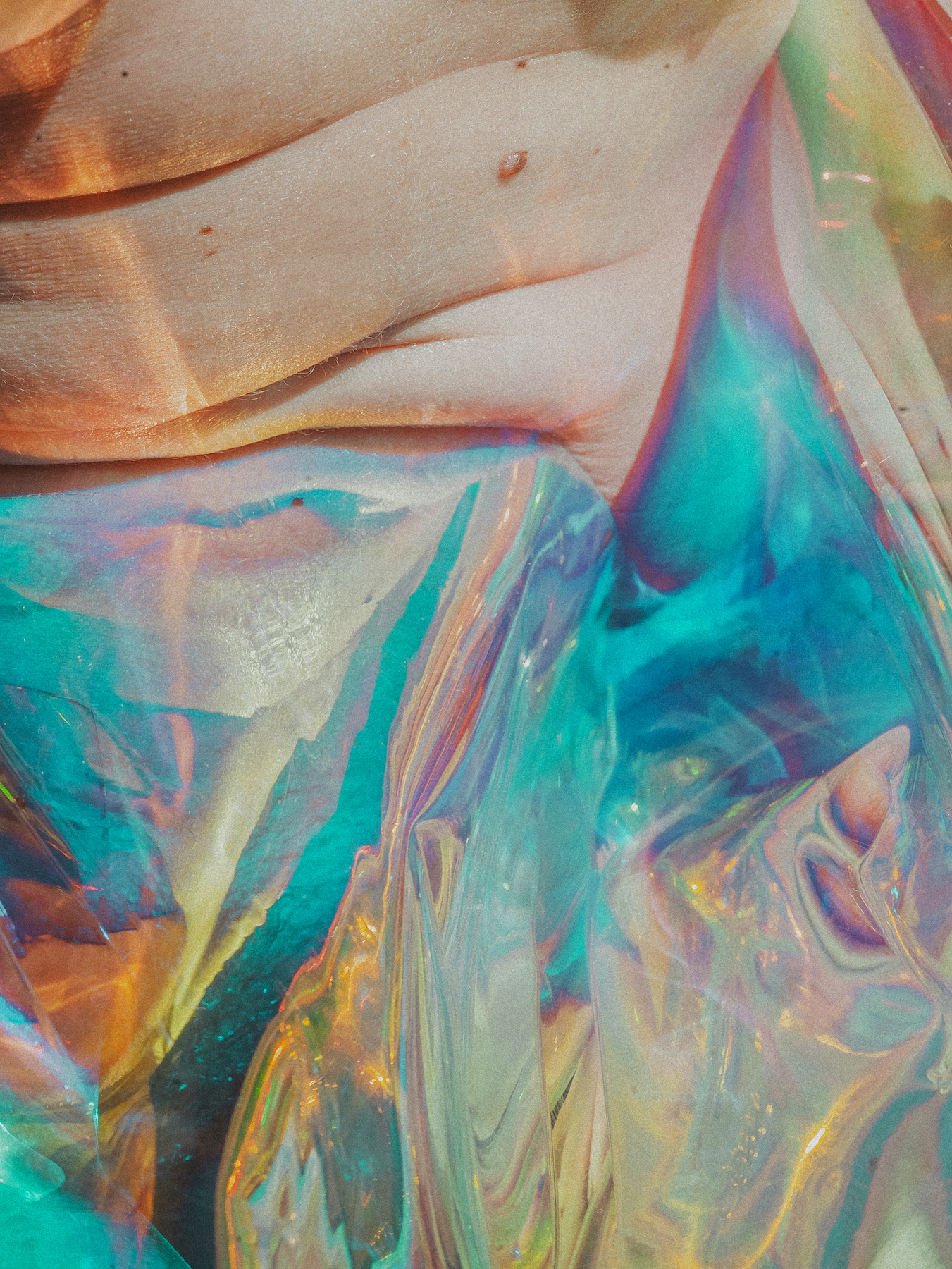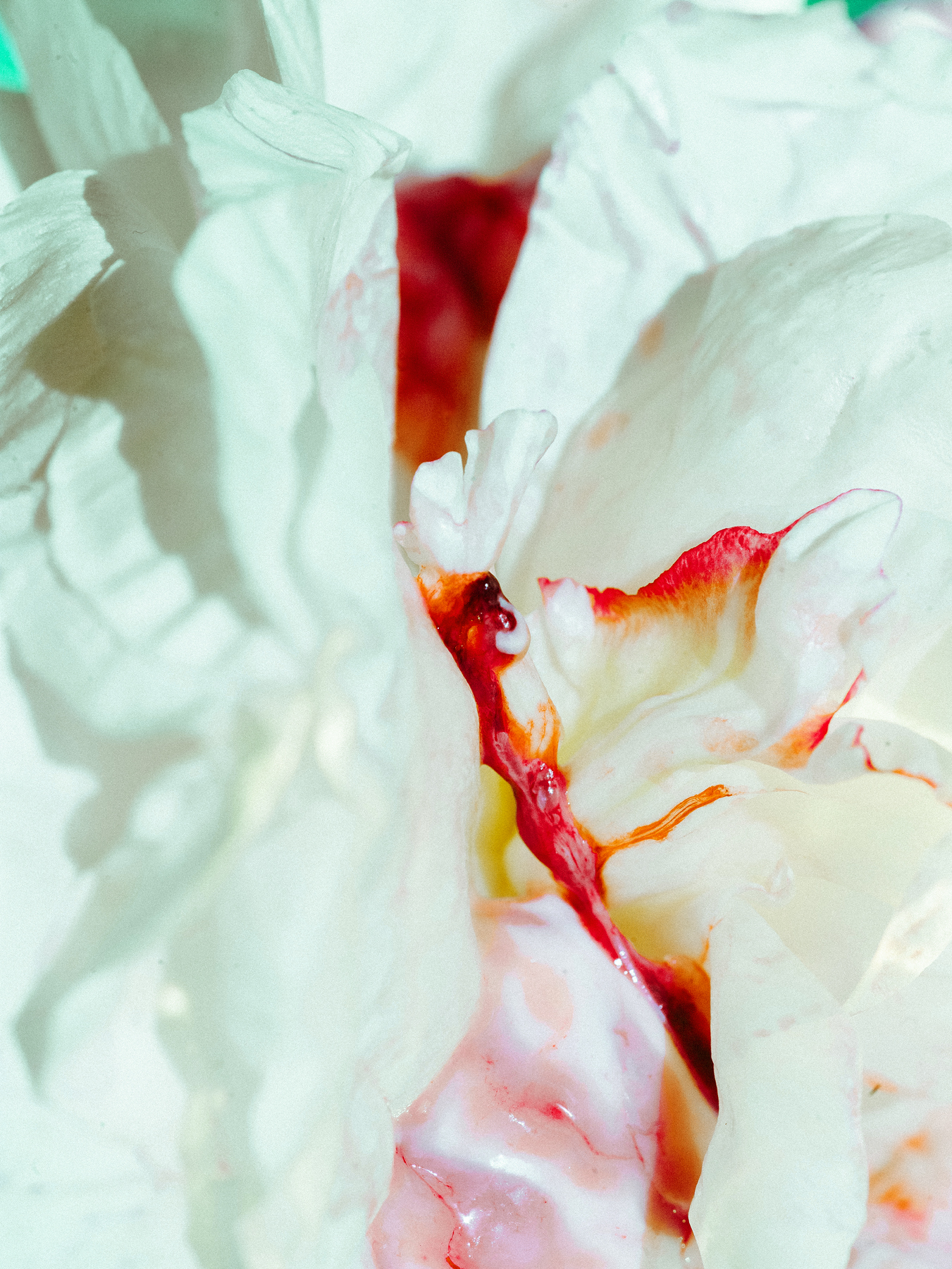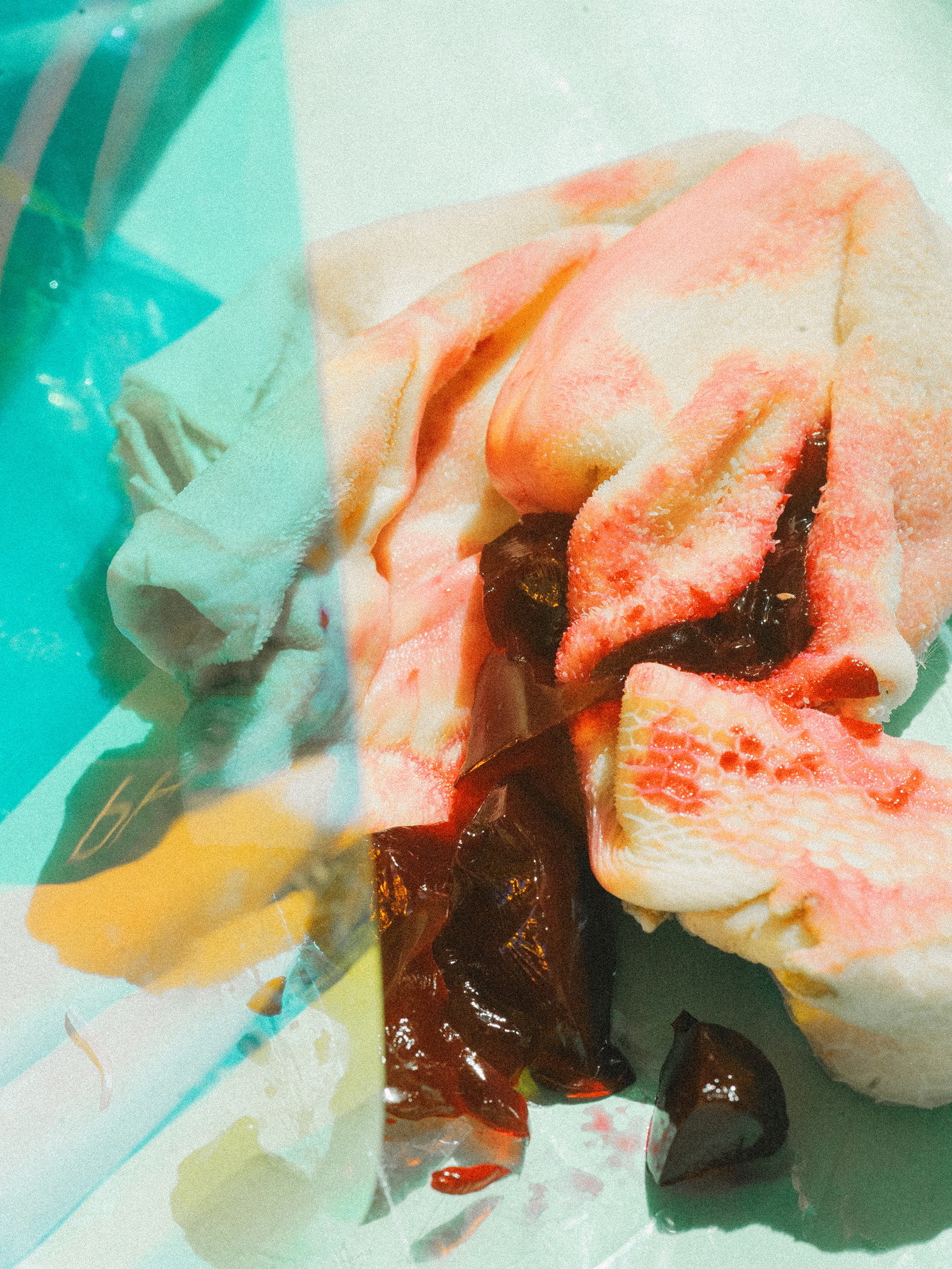This article is printed in the latest issue of British Journal of Photography magazine, Humanity & Technology, delivered direct to you with an 1854 Subscription.
“These are images that [make you] feel more than they explain”
The photographs that compose Lucile Boiron’s Mise en Pièces tantalise and repulse simultaneously. Its visceral compositions are uncomfortable yet seductive, through vivid colours, fleshy forms, and the sense of raw, organic matter that seeps through the frames. “These are images that [make you] feel more than they explain,” says Boiron of the project, recently published as a photobook.
The series began in an operating theatre. Here, from January to July 2019, Boiron documented cosmetic surgery. However, it was not the surgical procedures that compelled her. Instead, it was the transformation of the bodies that was most intriguing: the use of medicine and technology to fragment and alter these physiques by cutting, reworking, and finally stitching them up. “I didn’t want to document cosmetic surgery as a subject,” reiterates Boiron, “but instead pursue an exploration of living through transformations of the body.” She felt, however, that the images were too voyeuristic and temporarily put the work on hold.
When Covid-19 descended, Boiron found herself isolated within her home. Here, she turned the camera on herself and began to photograph her body “slice by slice” during a long and lonely spring. Boiron’s lens hones in on fragments of herself, obscured by shimmering paper and splattered in what looks like jelly – or is it blood? “A few months later, I realised that I had unconsciously replayed what I had seen in the operating room using my body,” reflects Boiron. “It had become a field of exploration, and I could dissect every little bit of it.”
Now, the photographs sit together as a “tangle of heterogeneous images that respond to each other,” as Boiron describes it. A visceral feast in which there is little context or clarity. Indeed, alongside the images of anonymous bodies sit strange still lifes: amorphous, flower-like forms bleeding red, glutinous liquid. Boiron conceived of these while she was photographing herself. And although organic matter composes them, the arrangements’ textures, shapes and hues echo those of her body and the bodies of those undergoing cosmetic surgery.
“Seen so closely and without background, bodies become abstract and shapeless,” says Boiron. There is no more individuality, no more gender, only fragments forming a whole.” From the carving and cutting of bodies in surgery to the fragmenting of Boiron’s own body via the camera’s lens, Mise en Pièces incites us to observe the materiality of our physiques. We may employ external technologies to modify them – physically and visually – but ultimately flesh, nerves, guts, bones and cartilage constitute us all. And in Boiron’s work: “the photograph becomes the place where inside and outside meet.”
Mise en Pièces is published by Art Paper Editions and is available to pre-order now.

